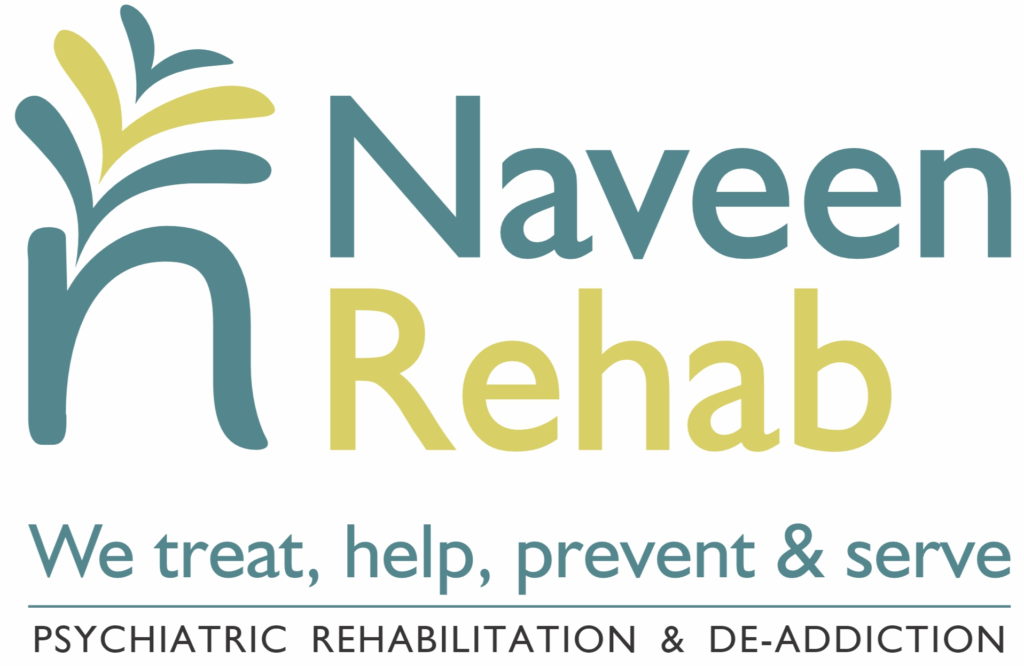
What Are Phobias? A Deep Dive into the Psychology of Fear
A phobia is an intense, irrational fear of specific objects, situations, or activities that pose little to no actual danger. This psychological condition can lead to severe anxiety and avoidance behaviors, significantly impacting a person’s daily life. Phobias are categorized into different types of phobias, such as common phobias like arachnophobia (fear of spiders), acrophobia (fear of heights), or claustrophobia (fear of confined spaces). Each phobia is triggered by different stimuli, but they all share a similar response of overwhelming fear and anxiety.
The psychological impact of phobias can be profound, affecting an individual’s emotional well-being and social interactions. People with phobias may experience panic attacks, heightened stress, and a diminished quality of life. Avoiding situations that trigger their fear can limit personal growth and create barriers to success, whether in their career or relationships. Understanding the definition of phobia and seeking treatment, such as cognitive-behavioral therapy or exposure therapy, can help individuals manage and overcome their fears. While phobias may seem uncontrollable, with the right support and strategies, it’s possible to regain control and live a more fulfilling life free from the grips of irrational fear.
The Science Behind Phobias: How They Develop and Why They Persist
Phobias are complex psychological conditions that stem from a combination of genetic factors and environmental influences. The development of phobias often begins with a triggering experience, such as a traumatic event or an intense fear response to a particular object or situation. In the brain, the fear response is regulated by the amygdala, which triggers the “fight or flight” reaction when a person perceives a threat. For individuals with phobias, this fear response becomes exaggerated and persistent, even when the threat is minimal or nonexistent.
Research shows that genetic factors in phobia development play a significant role. People with a family history of anxiety disorders or phobias are more likely to develop similar conditions. However, environmental influences on fears are also crucial. Childhood experiences, parental behaviors, or learned fears can all contribute to phobia formation. For instance, a child who witnesses a parent’s intense fear of heights might develop acrophobia themselves.
Once established, phobias often persist because the brain associates the feared object or situation with danger, leading to avoidance behaviors. This avoidance prevents the individual from confronting and overcoming their fear, allowing the phobia to continue unchecked. Understanding the causes of phobias is the first step in managing and treating them effectively.
Recognizing Different Types of Phobias: Are You Affected?
Phobias come in many forms, with each type affecting people differently. Specific phobias involve an intense, irrational fear of a particular object or situation. Examples include arachnophobia (fear of spiders), claustrophobia (fear of confined spaces), or acrophobia (fear of heights). These phobias often lead to avoidance behaviors that interfere with daily life. In contrast, social anxiety disorder involves an overwhelming fear of social situations, where the person fears judgment or embarrassment, distinguishing it from a specific phobia that targets one distinct trigger.
Agoraphobia, another common phobia, is the fear of being in situations where escape might be difficult, such as crowded spaces, open areas, or public transportation. This phobia can severely limit a person’s ability to leave home, trapping them in their safe zones.
While these phobias are common, so are various aversions—such as fear of needles or loud noises—which, though milder, can still cause significant discomfort. Recognizing these fears is crucial for individuals to address them properly. Understanding the difference between social anxiety vs. specific phobia or identifying whether you have common fears and aversions can help guide you toward the right treatment options, like therapy or self-help strategies, to regain control.
Effective Strategies for Managing and Overcoming Phobias
Managing and overcoming phobias often requires a combination of therapeutic approaches tailored to the individual’s specific fears. One of the most effective treatments is exposure therapy for phobias, where individuals gradually face their feared object or situation in a controlled and safe environment. Over time, this method helps reduce the intensity of the fear response, allowing sufferers to reclaim their daily lives. Another powerful approach is cognitive-behavioral therapy (CBT), which focuses on identifying and changing irrational thoughts and beliefs linked to the phobia. By reframing negative thought patterns, CBT helps individuals respond to their fears more rationally.
In addition to therapy, relaxation techniques for anxiety management, such as deep breathing, progressive muscle relaxation, and mindfulness, can help individuals stay calm during fear-inducing situations. These methods lower the body’s physical response to fear, preventing overwhelming panic attacks.
For day-to-day challenges, coping strategies for phobia sufferers are crucial. Creating a support network, practicing gradual desensitization, and using positive self-talk can make it easier to confront fears in manageable steps. With patience and persistence, these strategies can lead to significant improvement in managing and, in many cases, overcoming phobias, allowing individuals to lead fuller, more confident lives.
The Role of Professional Help: When to Seek Therapy or Counseling for Phobias
Phobias, when left untreated, can disrupt daily life and significantly limit personal freedom. Seeking help from a psychologist for phobia treatment can be a transformative step toward overcoming these fears. Professional therapy offers structured approaches such as cognitive-behavioral therapy (CBT) and exposure therapy, which are proven to help individuals gradually face and manage their phobias in a safe environment. The benefits of therapy for fears include learning effective coping mechanisms, gaining insights into the root causes of phobias, and developing resilience when confronted with anxiety-triggering situations.
In addition to one-on-one therapy, support groups for anxiety disorders can provide valuable peer support. Sharing experiences with others who face similar challenges can foster a sense of community, reduce isolation, and provide encouragement. Knowing when to seek help is key—if a phobia interferes with daily tasks, relationships, or overall well-being, it’s time to reach out for professional assistance.
To find the right help, start by researching how to find a therapist specializing in phobias. Look for professionals with experience in treating anxiety disorders, specifically phobias, and consider recommendations from trusted sources or online directories. With the right support, it’s possible to regain control and live a more empowered, fear-free life.
The Importance of Support Systems: How Friends and Family Can Help You Tackle Your Fears
Having a strong support system from loved ones during treatment plays a crucial role in overcoming phobias and anxiety disorders. Friends and family provide emotional strength and encouragement, offering a safe environment to share fears and vulnerabilities. Communicating about your fears with family and friends is the first step toward building understanding and empathy. By explaining your triggers and anxieties, you can create a more supportive and compassionate circle around you. This open dialogue allows your loved ones to become active participants in your recovery, helping them to recognize when you need reassurance or when to encourage you to push your boundaries.
In addition to emotional support, building a supportive network against anxiety disorders can include practical strategies. Loved ones can help you practice coping techniques, accompany you to therapy sessions, or simply be there during exposure exercises. Their presence can significantly reduce feelings of isolation, reinforcing the belief that you’re not alone in your struggle.
By fostering a close network of understanding and encouragement, phobia sufferers gain an extra layer of defense against anxiety. With friends and family backing them, the journey to overcoming fear becomes more manageable and hopeful, paving the way toward recovery.
Conclusion: Take Action Today to Conquer Your Phobias and Live Life to the Fullest!
Overcoming phobias may seem overwhelming, but taking the first step towards recovery is crucial. Whether it’s seeking professional therapy, building a support network, or exploring effective strategies like exposure therapy and CBT, there are numerous pathways to regain control of your life. Phobias don’t have to define you—by actively addressing your fears, you can break free from their hold and live a more fulfilling, fearless life. Don’t wait—take action today and start your journey toward overcoming your phobias and embracing a future full of possibility!


